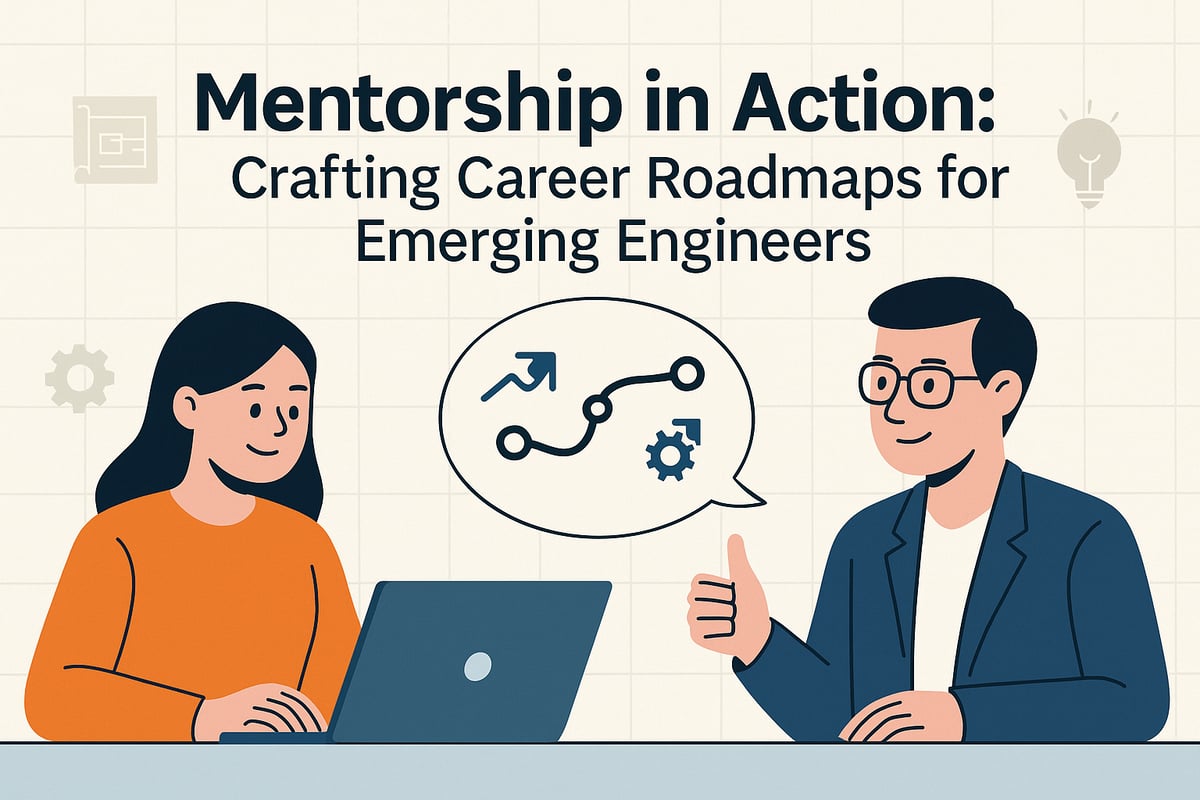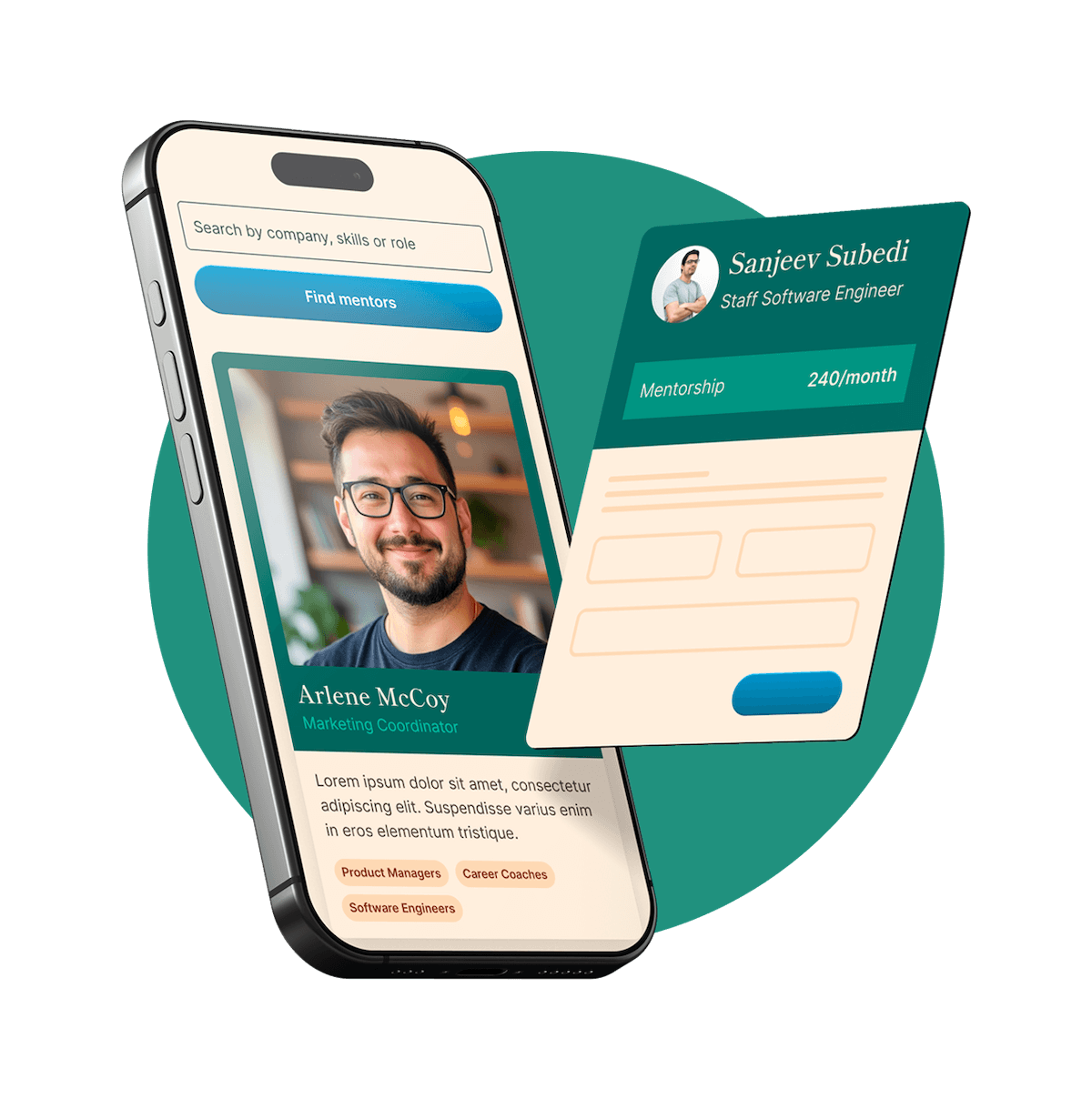Mentorship is more than a professional courtesy—it's a strategic advantage in the engineering world. It bridges the often daunting gap between academic learning and real-world application, offering a structured pathway for growth. According to the Engineering Management Institute, mentorship helps engineers understand the nuances of project management, collaborate effectively in multidisciplinary teams, and avoid common early-career missteps.
In the fast-paced world of engineering—where theory meets high-stakes implementation—mentorship accelerates not only technical proficiency but also professional maturity. For instance, a junior software engineer might understand how to write efficient code, but a mentor can teach them how to prioritize tasks in an Agile sprint or navigate code reviews with tact and clarity.
Beyond hard skills, engineering success is increasingly defined by soft skills: communication, leadership, empathy, and adaptability. These are difficult to teach in a classroom but are critical on the job.
Through mentorship:
Take the example of Google’s engineering culture: new hires are typically paired with “Googler buddies” or senior engineers. This system has proven to reduce onboarding time and increase retention by helping newcomers adjust more quickly and confidently to Google's unique workflow and technical expectations.

A career roadmap acts as a north star, guiding engineers toward their professional aspirations while aligning with industry realities. Mentorship is pivotal in crafting and refining this trajectory. Here's how:
Mentors help mentees perform self-assessments and pinpoint core competencies. For example, a mentor might help a civil engineering graduate recognize a natural strength in data analysis—steering them toward transportation modeling or structural diagnostics roles.
Mentors introduce structure by helping set SMART goals—Specific, Measurable, Achievable, Relevant, and Time-bound. For example:
Mentors are a rich source of information on market trends. In fields like renewable energy or AI-driven automation, mentors can share how technologies such as digital twins or generative design are shaping the future—and what skills will be most in demand.
Mentors often connect mentees with industry events, professional organizations (e.g., IEEE, ASME), or former colleagues. These networks are vital for accessing hidden job markets or cross-functional collaboration.
Real-Life Example: In aerospace, mentors at Boeing often guide mentees through rotational programs. This mentorship helps young engineers experience various departments—from flight systems to manufacturing—before committing to a specialization.
Structured mentorship programs are increasingly common in leading tech and engineering organizations:
Reddit’s internal mentorship initiative facilitates knowledge transfer across departments, pairing experienced developers with newer hires to foster cross-functional collaboration and shared best practices.
This program offers underrepresented college students paid internships and executive mentorship in aerospace. Fellows have gone on to work with SpaceX, NASA, and Blue Origin—testaments to the power of mentorship in breaking barriers and opening doors.
Siemens uses a “buddy system” combined with career mentors for both apprentices and early-career engineers. This approach has led to higher retention and faster promotion rates, especially in R&D roles.
Emerging engineers often encounter challenges such as adapting to workplace cultures, managing projects, and continuous learning. Mentors offer strategies to overcome these hurdles, sharing experiences and providing constructive feedback. This support system enhances confidence and competence in navigating professional landscapes.
The engineering landscape is continually evolving, with new technologies and methodologies emerging regularly. Mentors instill resilience and adaptability in mentees by:
These attributes are essential for engineers to thrive in dynamic environments and tackle complex challenges effectively.
While traditional mentorship focuses on senior professionals guiding juniors, reverse mentorship flips the dynamic—allowing younger or less-experienced engineers to share insights with seasoned professionals. This model is gaining popularity in engineering organizations that value agility, inclusivity, and technological innovation.
Reverse mentorship occurs when early-career engineers mentor senior colleagues, particularly in areas where newer generations may have a competitive edge—such as:
This approach creates a two-way exchange: the junior engineer gains visibility and confidence, while the senior professional benefits from fresh perspectives and up-to-date knowledge.
General Electric (GE) pioneered a formal reverse mentoring program as early as the 1990s, pairing young employees with senior leaders to bridge generational knowledge gaps—particularly around digital tools and the internet. In the engineering context, similar models are now being used to expose leadership teams to agile development practices, modern CI/CD pipelines, and even developer experience tools like container orchestration or DevOps dashboards.
Reverse mentorship helps flatten hierarchies and promote a growth mindset. It sends a clear message: everyone has something valuable to teach. It encourages junior staff to take ownership, speak up, and contribute meaningfully—cultivating a psychologically safe workplace.
Moreover, it aligns with diversity, equity, and inclusion (DEI) goals, especially when reverse mentors come from underrepresented backgrounds and offer unique cultural or user insights.
In a profession where innovation is constant, the most successful engineering organizations embrace learning in all directions. Reverse mentorship is no longer optional—it’s a strategic imperative.
In today’s volatile job market and rapidly evolving tech landscape, resilience and adaptability are non-negotiable traits. Mentors help cultivate these qualities by:
Mentors model the importance of certifications, hackathons, online courses, or even graduate studies. This guidance ensures that mentees stay ahead of the curve.
Experienced mentors show how to pivot—be it adopting a new tool like Rust over C++, or shifting from a waterfall to an agile workflow.
Engineering roles often come with tight deadlines, stakeholder pressure, and high expectations. Mentors provide emotional support that reminds mentees they are not alone.
Mentorship is a cornerstone in the development of emerging engineers. By crafting personalized career roadmaps and providing unwavering support, mentors empower the next generation of engineers to achieve their full potential. As the engineering field continues to evolve, the role of mentorship remains integral in shaping competent and confident professionals.
Find out if MentorCruise is a good fit for you – fast, free, and no pressure.
Tell us about your goals
See how mentorship compares to other options
Preview your first month
